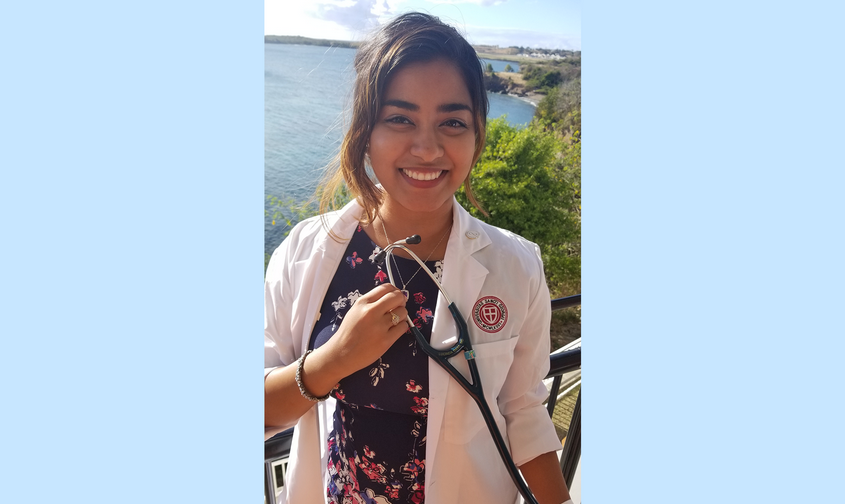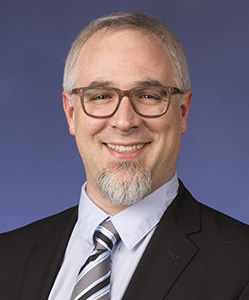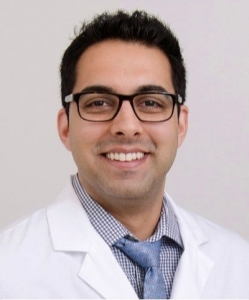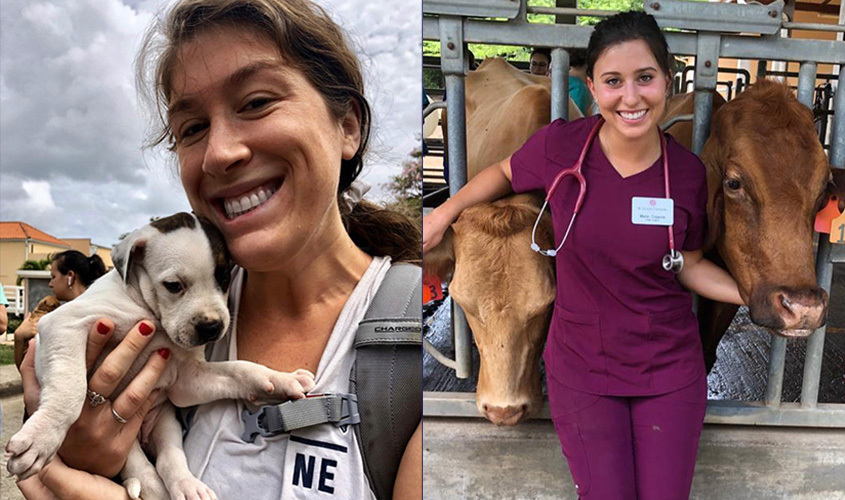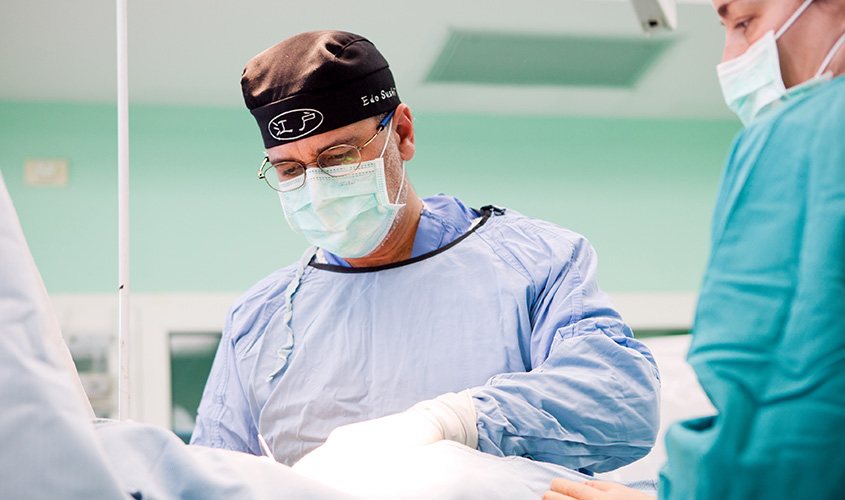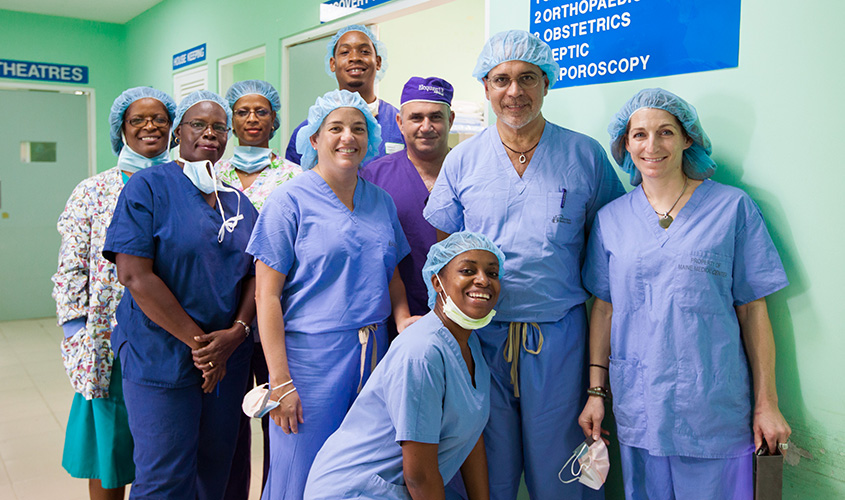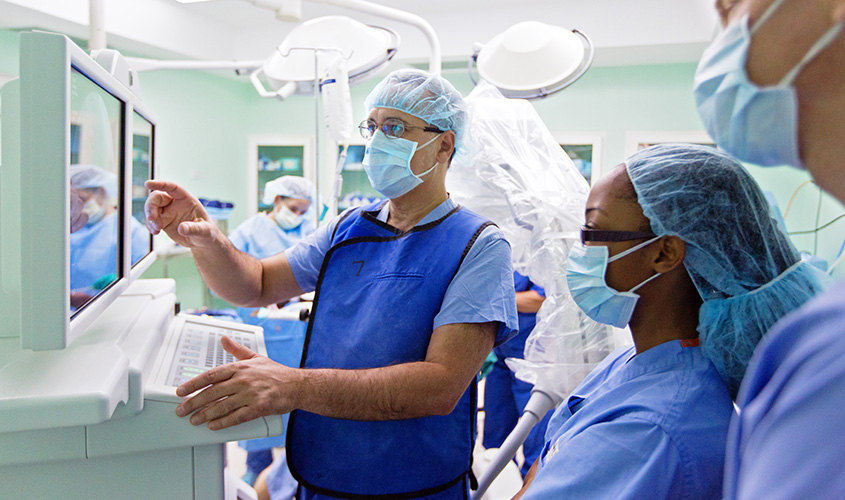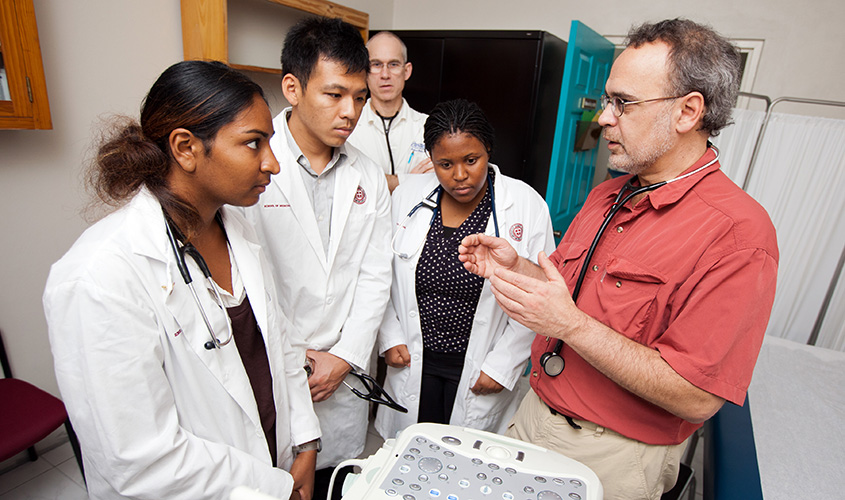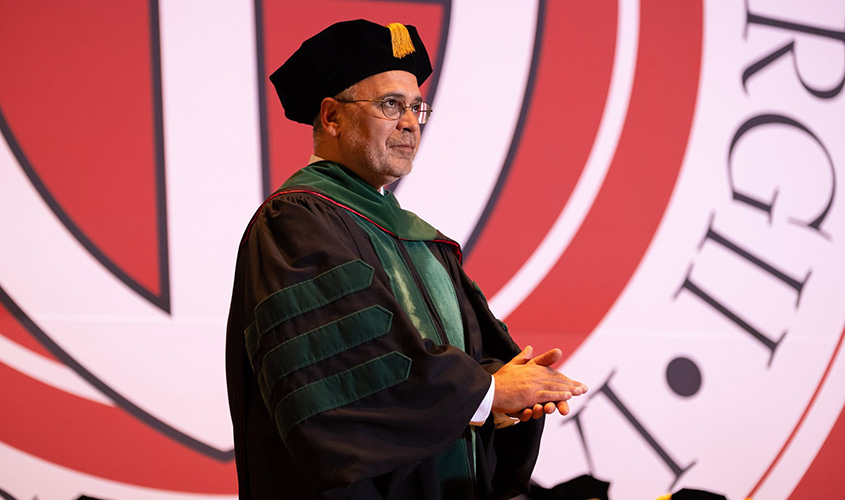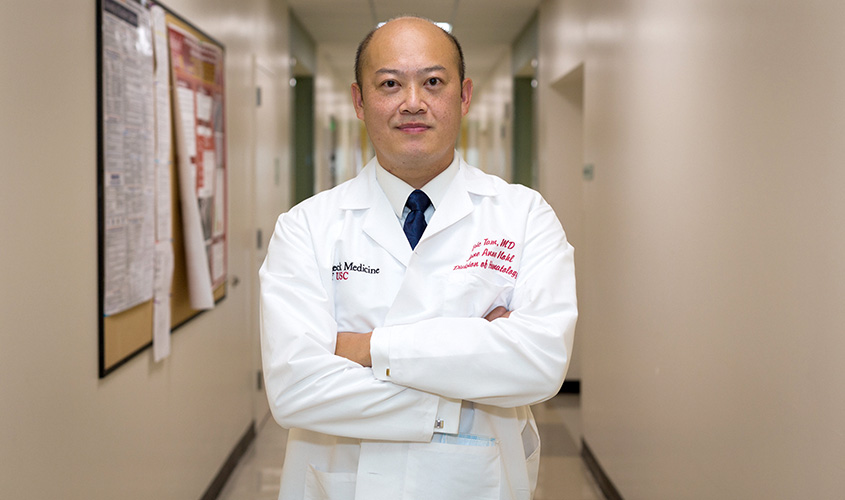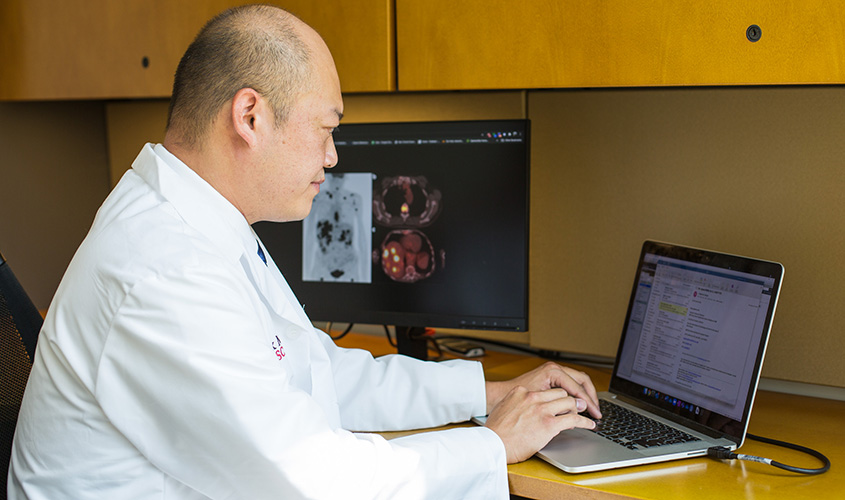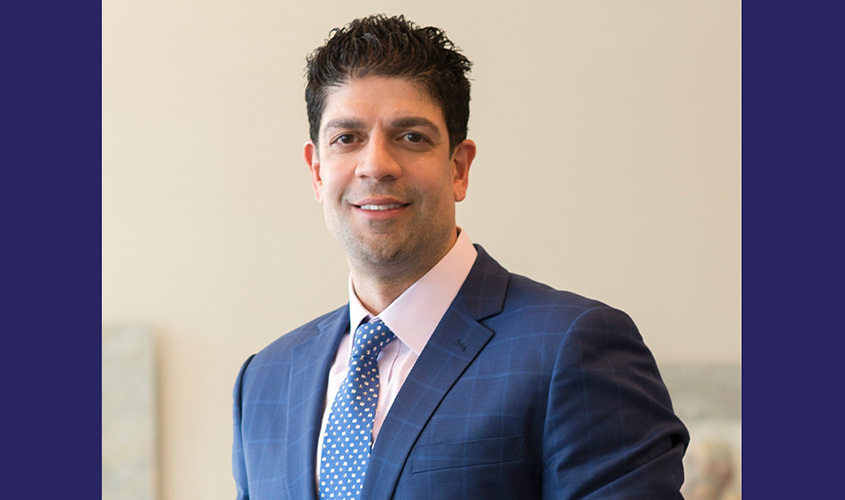New SGU Infectious Diseases Student Group Aims to Help Students Develop Skills to Address Specialty
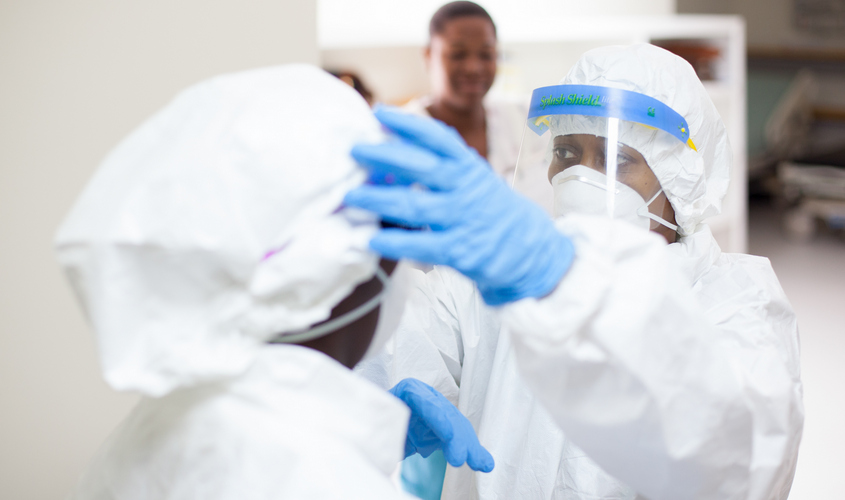
Cognizant of the benefits of active student involvement, St. George’s University is home to more than 60 student organizations centered on different areas of student life: cultural, religious, social, academic, professional, and community service. Today, as the healthcare industry grapples with treating those affected by the current COVID-19 outbreak, none seem more relevant than the newly founded SGU Infectious Diseases Society (SGU IDS).
“There seems to be a club for just about everything at SGU,” said founder and president Stephanie Moody-Geissler, a Term 2 medical student. “So why not one that focuses on infectious diseases, an area of science that has been so deeply entwined with our history and humanity since the dawn of our existence? Infectious diseases are a part of everyone’s lives, personally and professionally, and with the current world situation, I think that makes us one of the most significant student groups right now.”
Created to raise awareness of key issues and topics relating to global infectious diseases, as relevant to both human and animal health, the group is open to all SGU students. Its aim is to improve the understanding of infectious diseases in terms of individual health, communities, and society.
“What students can expect to get out of joining this group are skills and knowledge that they can carry forward in their careers through exposure to topics that are directly relevant and in some cases can significantly impact human and animal health,” said Dr. Joanna Rayner, faculty advisor, SGU IDS and chair of the Department of Microbiology, Immunology and Pharmacology. “My role is to focus that interest in infectious diseases and provide them with advice, ideas and contacts to the wider microbiology and infectious disease community.”
Although the new student organization is faced with some restrictions as students are currently distance learning, it didn’t diminish their excitement at planning to host various virtual events this term. The group has lined up guest speakers, including an SGU alumnus, who had recently returned from the far East where he was working with the World Health Organization on the COVID-19 response; a skills-based workshop on spotting bad science; a journal club for students to improve and build much-needed critical thinking skills; and virtual community outreach to bring science and microbiology into schools in Grenada.
“With much of the current media focus on the novel coronavirus and COVID-19, it’s easy to forget that there are still many other infectious diseases that continue to be important worldwide,” commented Dr. Rayner. “The Program for Monitoring Emerging Diseases (ProMED), one of the largest publicly available systems conducting global reporting of infectious diseases outbreaks, just recently posted updates on Ebola, malaria, West Nile Virus and tularemia. These and many other pathogenic microorganisms that cause morbidity and mortality in humans and animals have by no means gone away, providing further affirmation of the relevance and importance of this new student group.”
— Ray-Donna Peters
